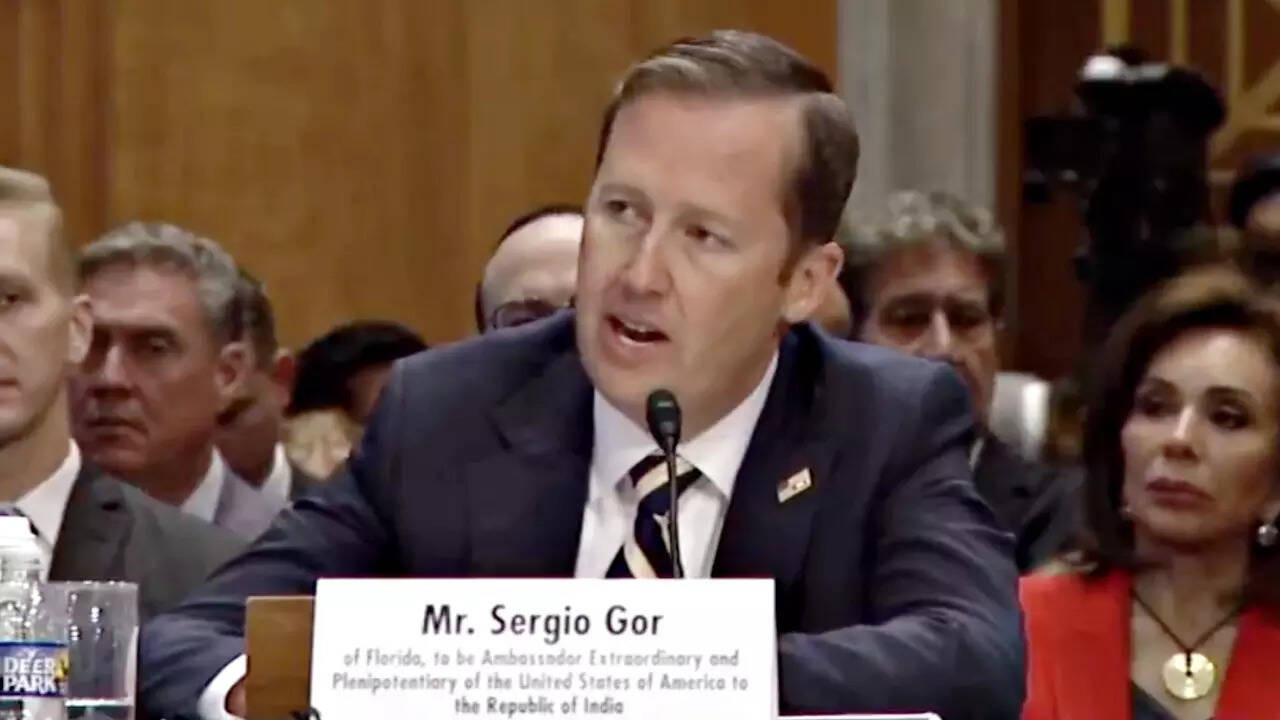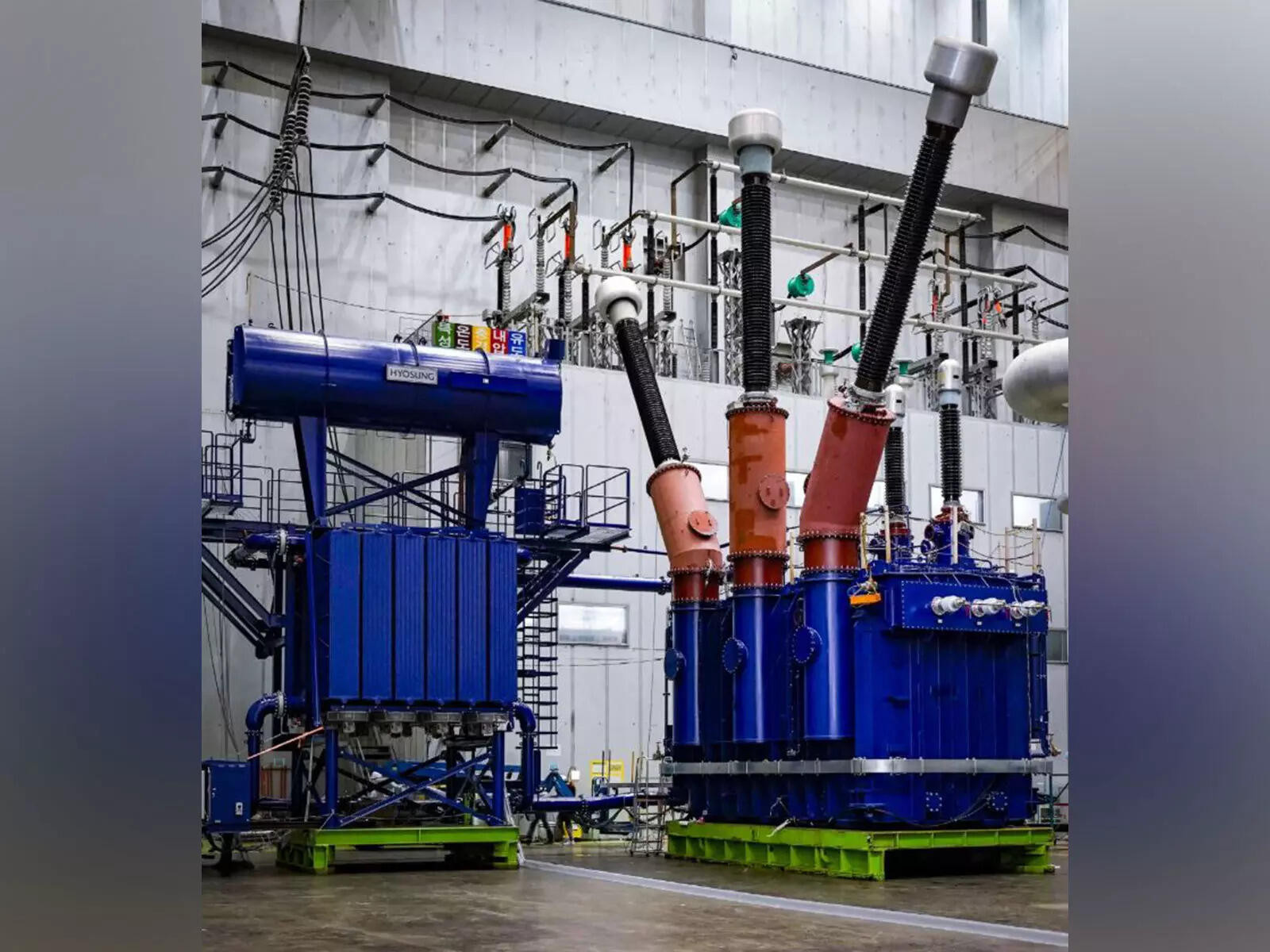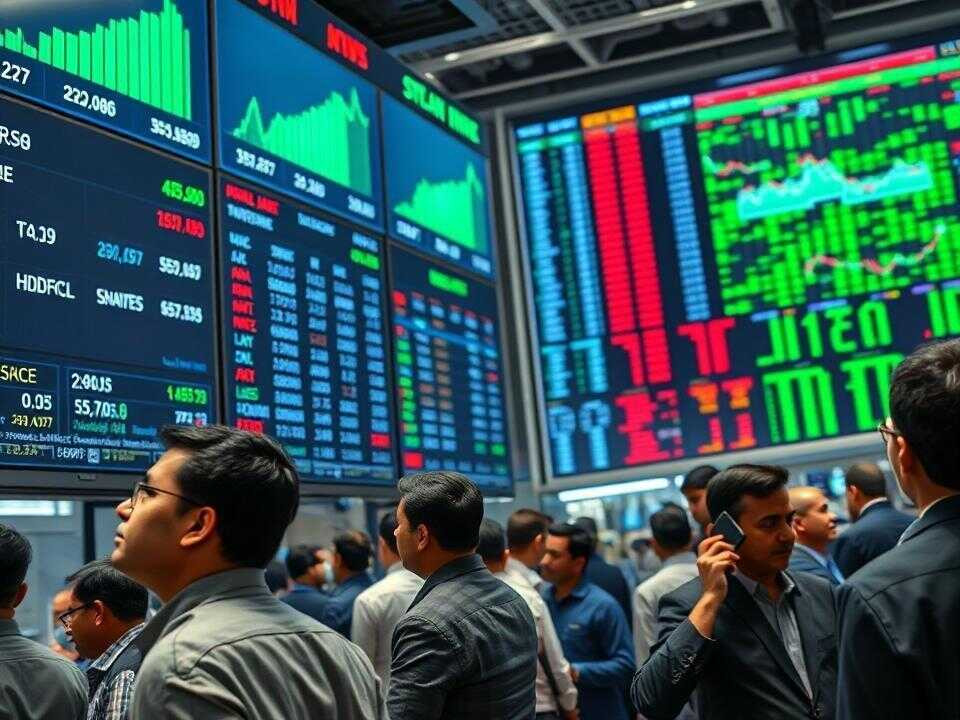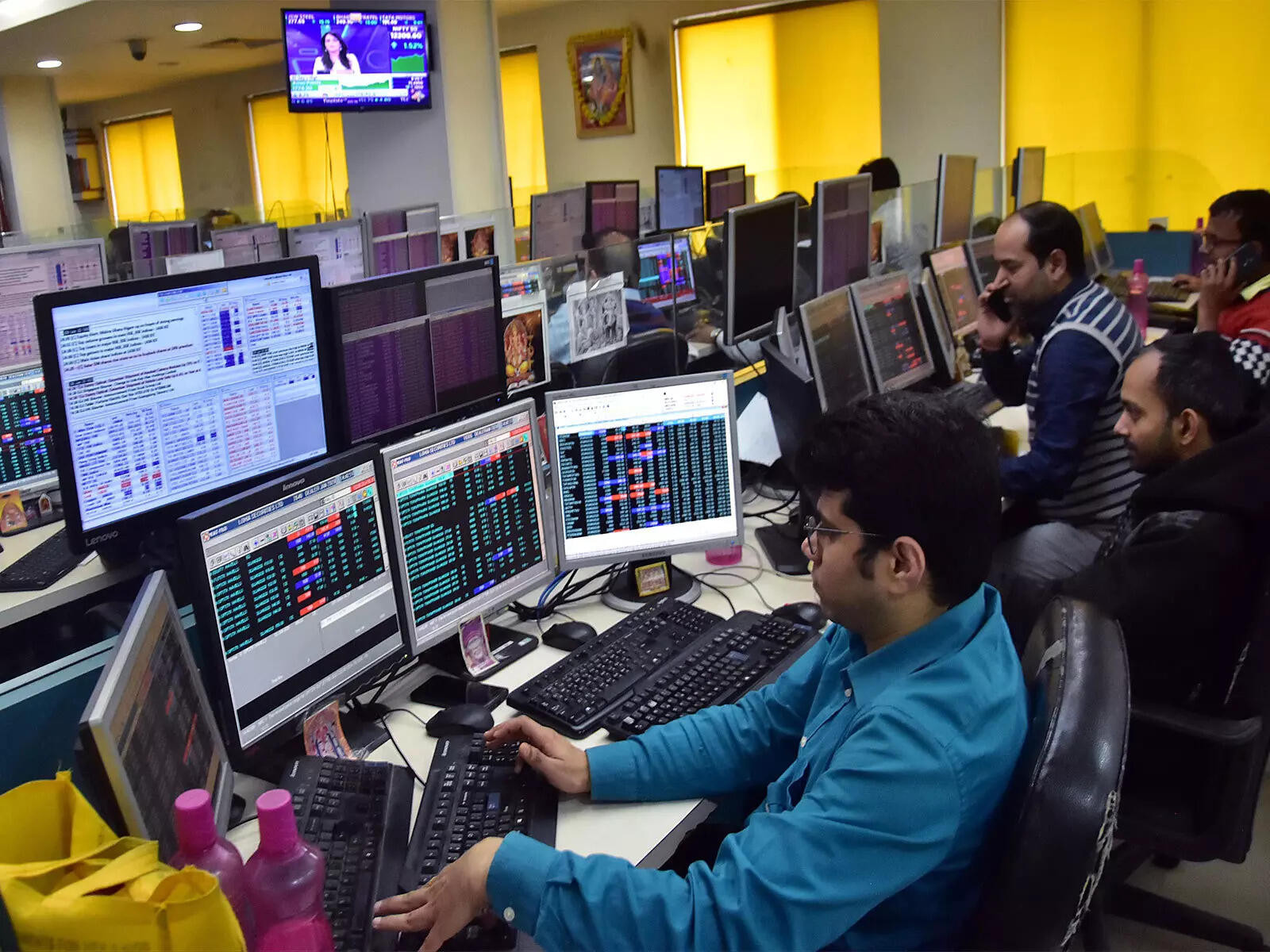Sergio Gor, nominee for US Ambassador to India, emphasized the Trump administration’s aim to strengthen ties with India, viewing it as a crucial partner against Chinese expansionism. Gor highlighted ongoing trade discussions, particularly regarding energy and market access, while acknowledging existing trade disputes.
Shifting Sands: How India Can Diversify Away From China and the US Role
The global economic landscape is in constant flux. Recent discussions with a high-ranking US envoy suggest a significant push to reshape trade dynamics, particularly concerning India’s reliance on China and the ongoing energy complexities involving Russia. The message is clear: the United States sees an opportunity, and indeed a necessity, for India to strategically diversify its economic partnerships.
This isn’t just about reducing dependence on a single nation; it’s about building a more resilient and secure economic future. The US, according to these discussions, is poised to play a pivotal role in facilitating this transition. But what does this actually mean for India, and how feasible is such a large-scale shift?
Decoupling from China: A Gradual, Strategic Process
Completely severing ties with China overnight is unrealistic, and frankly, undesirable. The interconnectedness of global supply chains makes such a drastic move disruptive. Instead, the focus seems to be on a gradual decoupling, strategically identifying sectors where India can bolster its domestic production capabilities or find alternative international suppliers. This involves a multi-pronged approach: incentivizing local manufacturing through schemes like “Make in India,” actively pursuing trade agreements with other nations, and creating a business-friendly environment that attracts foreign investment in key sectors.
The US envoy’s statements suggest a willingness to support these efforts, potentially through technology transfers, financial assistance, and preferential trade arrangements. However, India must also be proactive, focusing on improving its infrastructure, streamlining regulations, and fostering innovation to truly compete on a global scale. The goal is not just to replace Chinese imports with American ones, but to develop a robust, self-reliant economy.
Navigating the Russian Oil Conundrum
Another critical aspect of this shifting landscape involves India’s energy policy, specifically its continued purchase of Russian oil. While the US has been vocal about its disapproval of Russia’s actions in Ukraine and has imposed sanctions, it also recognizes India’s energy needs and its efforts to secure affordable energy sources. The US position appears to be one of understanding, coupled with a desire to see India gradually reduce its reliance on Russian oil in the long term.

This is a delicate balancing act. India must navigate geopolitical pressures while ensuring its energy security and affordability, especially for its large and growing population. The US can play a constructive role by supporting India’s transition to cleaner energy sources, facilitating access to alternative oil suppliers, and promoting energy efficiency measures. Perhaps, exploring further into renewable energy sources can help India to be more independent and reliable with its trade diversification efforts.
The Promise of a US-India Trade Deal
The prospect of a comprehensive US-India trade deal looms large in these discussions. Such a deal could be a game-changer, unlocking significant economic opportunities for both nations. It could boost bilateral trade, stimulate investment, and create jobs. However, negotiations are complex, and both sides have their own priorities and concerns.
India will likely seek greater access to the US market for its agricultural products and manufactured goods, as well as easier visa processes for its skilled professionals. The US, on the other hand, may push for greater intellectual property protection, reduced trade barriers, and increased market access for its own goods and services. Achieving a mutually beneficial agreement will require compromise and a willingness to address each other’s concerns.
This will also require open conversation about balancing manufacturing with environmental concerns. India has already been showing promise with its commitments to sustainable development, and with smart development and planning, India could lead the way in a global shift toward economic sustainability.
Charting a Course for Economic Independence
The path towards trade diversification won’t be easy. It requires strategic planning, significant investments, and a strong political will. However, the potential rewards – a more resilient, secure, and prosperous economy – are well worth the effort. By strategically diversifying its trade partners, investing in domestic manufacturing, and transitioning to cleaner energy sources, India can chart a course towards greater economic independence and secure its place as a leading global power. Internal link to related content about India’s economic growth. This moment presents both challenges and opportunities, and India’s response will shape its economic future for decades to come.







